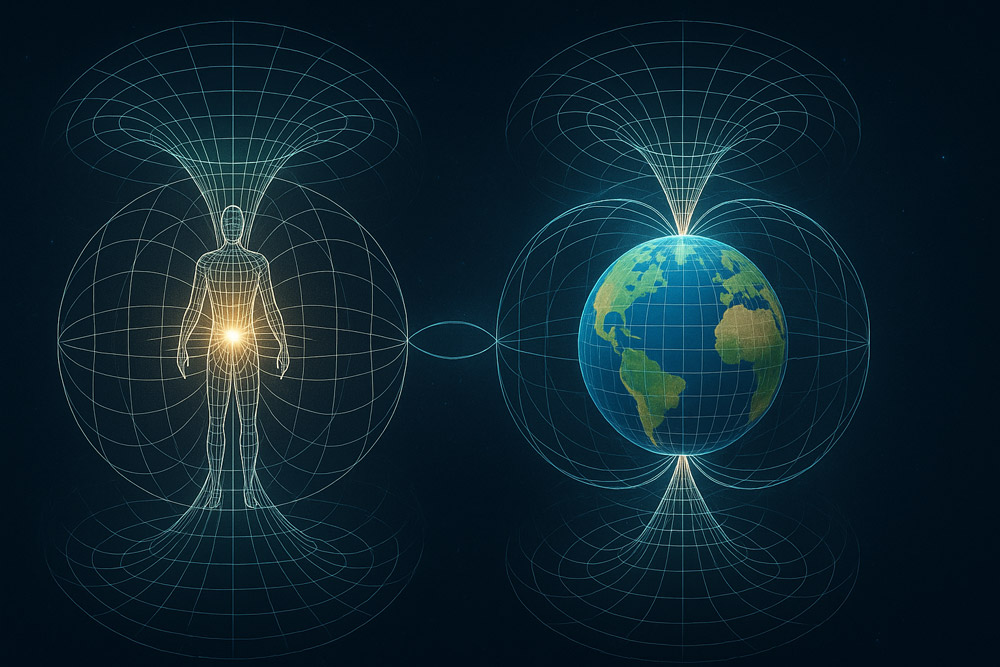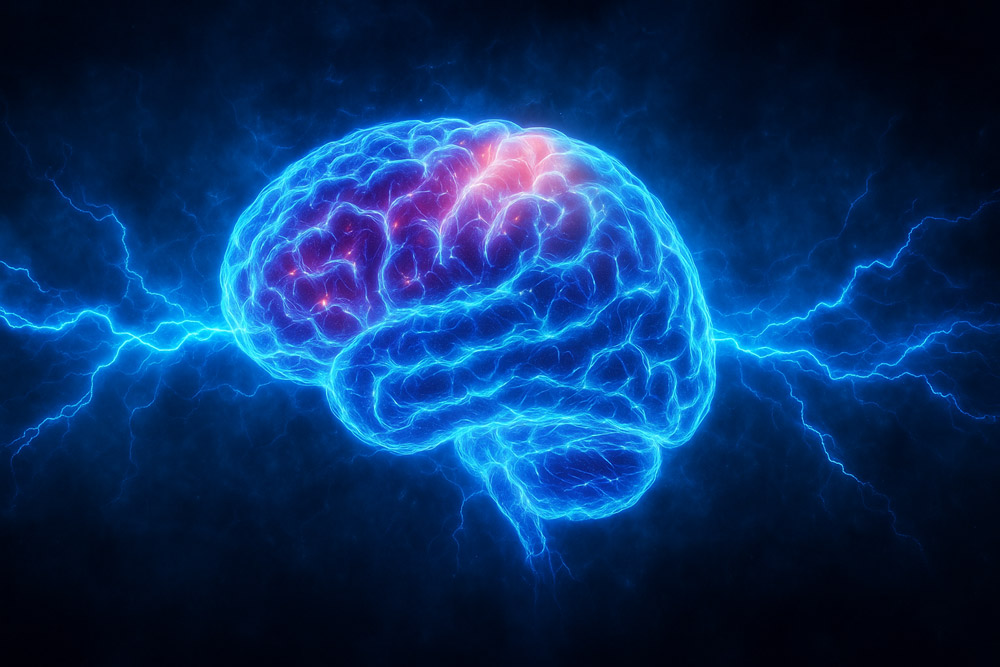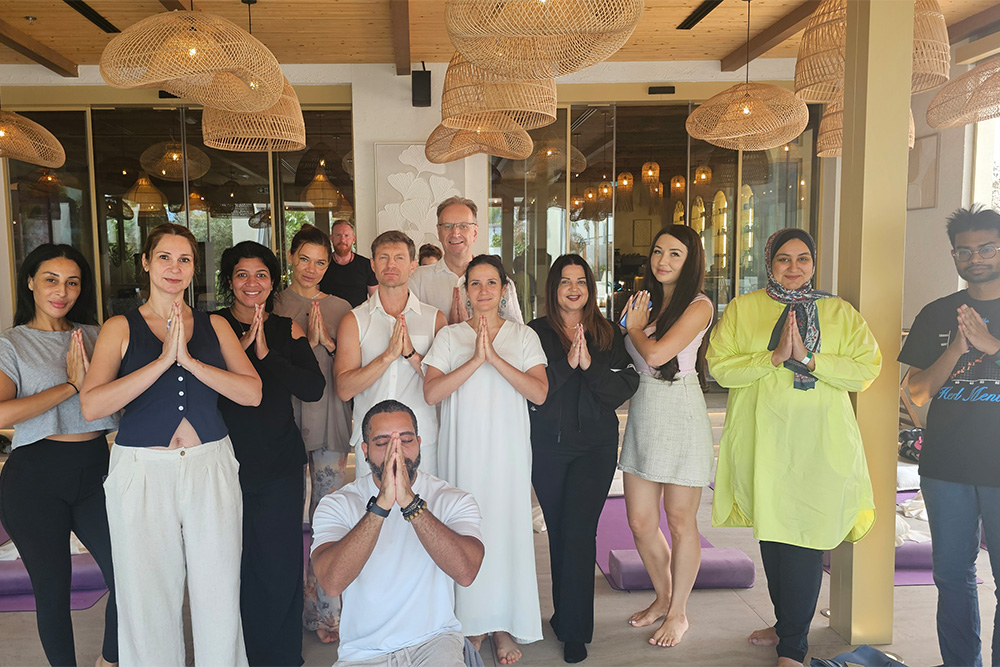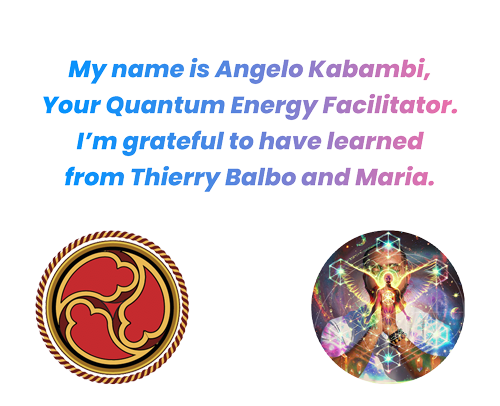Breathing Activation

The Power of Slow, Rhythmic Breathing
Breathing is more than oxygen intake it is a direct bridge between body, mind, and energy. When practiced with awareness, it becomes a tool for balance, healing, and transformation.
This method is simple: inhale for 4–6 seconds, then exhale longer. This rhythm naturally brings your system into coherence and activates the parasympathetic nervous system, the body’s innate relaxation response.
Better Communication Between Your 3 Main Centers
Your three main energetic centers, the brain 🧠, heart 🫀, and gut 🌀 are connected through the vagus nerve. By breathing in rhythm, you allow them to vibrate at their natural frequency, improving communication and creating harmony throughout your whole being:
-
🧠 Brain → less stress, sharper focus, clearer thinking
-
🫀 Heart → greater coherence, healthier rhythms, emotional stability
-
🌀 Gut → deeper calm, intuition, and release of tension
Why Inhale 4–6 Seconds and Exhale Longer Works
Research from the German Sport University Cologne shows that when the exhale is longer than the inhale, parasympathetic activity (vagal tone) increases. This means deeper relaxation, stronger resilience, and better synchronization of your three main centers.
A breathing pace of around 6 breaths per minute, such as inhale 4s, exhale 6s, is considered the body’s natural resonance frequency, where brain, heart, and body operate in harmony (Lehrer et al., 2000; Laborde et al., 2021).
Lasting Transformation in 8 Weeks
The best results come with consistency: 15 minutes in the morning and 15 minutes at night, practiced daily for 8 weeks.
✨ This simple discipline is enough to rewire your nervous system, reduce stress, improve clarity, and restore your natural state of wellbeing.
🎥 Start the Practice
Follow the guided 15-minute video on YouTube and experience the benefits. With daily repetition, the effects deepen week after week.
(Sources: Zaccaro et al., 2018; Russo et al., 2017; Laborde et al., 2021; German Sport University Cologne studies on slow-paced breathing)

The Power of Slow, Rhythmic Breathing
Breathing is more than oxygen intake it is a direct bridge between body, mind, and energy. When practiced with awareness, it becomes a tool for balance, healing, and transformation.
This method is simple: inhale for 4–6 seconds, then exhale longer. This rhythm naturally brings your system into coherence and activates the parasympathetic nervous system, the body’s innate relaxation response.
Better Communication Between Your 3 Main Centers
Your three main energetic centers, the brain 🧠, heart 🫀, and gut 🌀 are connected through the vagus nerve. By breathing in rhythm, you allow them to vibrate at their natural frequency, improving communication and creating harmony throughout your whole being:
-
🧠 Brain → less stress, sharper focus, clearer thinking
-
🫀 Heart → greater coherence, healthier rhythms, emotional stability
-
🌀 Gut → deeper calm, intuition, and release of tension
Why Inhale 4–6 Seconds and Exhale Longer Works
Research from the German Sport University Cologne shows that when the exhale is longer than the inhale, parasympathetic activity (vagal tone) increases. This means deeper relaxation, stronger resilience, and better synchronization of your three main centers.
A breathing pace of around 6 breaths per minute, such as inhale 4s, exhale 6s, is considered the body’s natural resonance frequency, where brain, heart, and body operate in harmony (Lehrer et al., 2000; Laborde et al., 2021).
Lasting Transformation in 8 Weeks
The best results come with consistency: 15 minutes in the morning and 15 minutes at night, practiced daily for 8 weeks.
✨ This simple discipline is enough to rewire your nervous system, reduce stress, improve clarity, and restore your natural state of wellbeing.
🎥 Start the Practice
Follow the guided 15-minute video on YouTube and experience the benefits. With daily repetition, the effects deepen week after week.
(Sources: Zaccaro et al., 2018; Russo et al., 2017; Laborde et al., 2021; German Sport University Cologne studies on slow-paced breathing)













